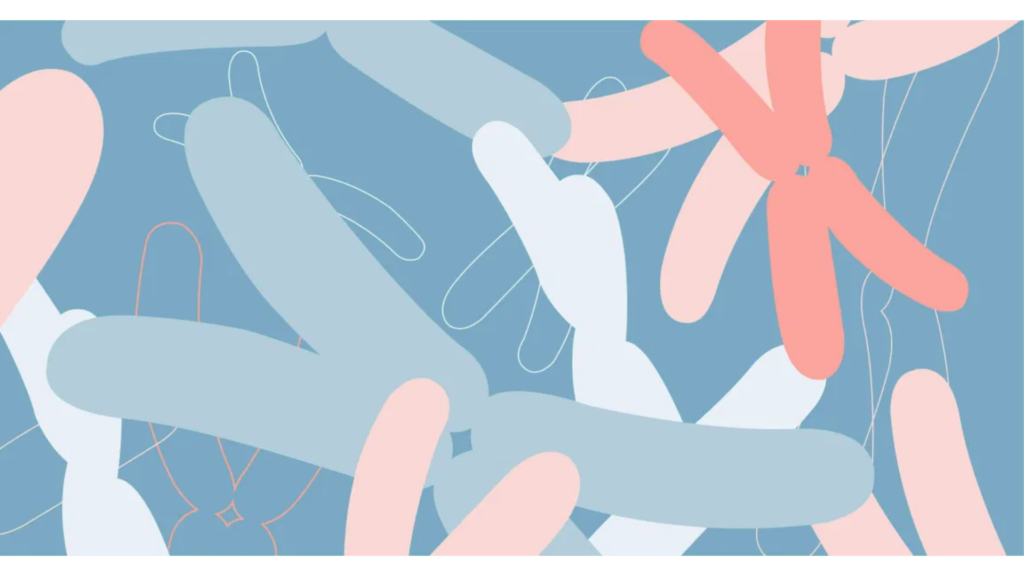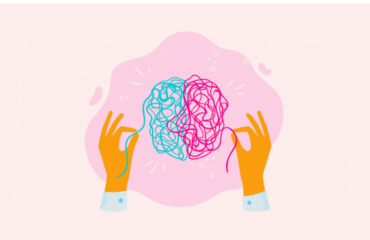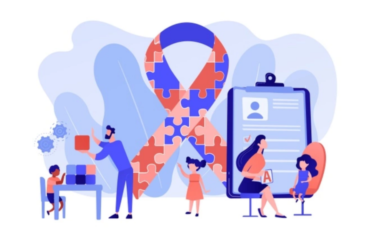
“What makes you different, is what makes you beautiful!”
When you hear the term, “Down’s Syndrome”, what is the first thing that comes to your mind? Is it a particular facial feature? Is it someone you know who has this syndrome? Or is it just a medical word you have heard time and again but are unsure of what it really is.
Today, this article will help you understand the basics of Down’s syndrome and what it really means! So let’s jump right in!
What is the meaning of Down’s syndrome?
Down’s syndrome also known as DS is a genetic disorder caused when a child is born with an extra copy of the 21st chromosome. This is the reason why it is also called trisomy-21 since there are 3 copies of the 21st chromosome. This condition is accompanied by mental & physical developmental delays & interruptions. There are some common signs and symptoms that do come into play in DS.
So what are the symptoms or features of DS?
There are certain visible traits and features that can be observed in children and adults having DS. Some of the physical features shown are:
- Flat facial features
- Bulging tongue
- Brushfield spots (spots in the iris of the eye)
- Decreased muscle tone
- Upward slanting eyes
- Small head, neck, eyes, mouth & hands
- Delayed developmental milestones
But how do these features develop in a person with DS? What is the core cause of DS? These symptoms are caused by changes happening at a cellular level inside our bodies.
What causes Down’s syndrome?
This condition has a genetic basis which means that it occurs when chromosomes fail to separate accurately during cellular division. This extra chromosome serves as a hindrance when the brain & other physical features start to develop. Since it is a genetic condition, instead of having 23 pairs of chromosomes (46 chromosomes), the 21st chromosome has one extra copy (or a partial copy), making it 47 chromosomes in all cells. Thus, abnormal cell division in either the sperm cell or the egg cell can lead to the development of Down’s syndrome in children. Although it is not a neurological condition, it does have neurodevelopmental implications, hence we are taking it under the broad umbrella term of “Neurodiversity”.
However, this syndrome is a lifelong journey and although there are no fixed cures or treatments present for this condition, there are a number of ways this syndrome can be managed right from childhood, thus helping the child work towards attaining his/her fullest potential in life.
How do you manage/treat Down’s syndrome?
A number of treatment strategies and therapies when combined together can work out for a child to lead a life without too many interruptions from the symptoms of Down’s syndrome. Combination of the following could be a good start to an early intervention for your child if you are noticing visible symptoms in your child:
- Behavioural therapy
- Speech therapy
- Occupational therapy
- Assistive devices (for carrying out daily activities)
- Some medications to lessen the effects of the symptoms
I hope you have been able to learn something new today about Down’s Syndrome after reading this article. If you would like to watch something, where you can learn more about Down’s Syndrome, we recommend having a look at Born This Way. Spending two minutes of your time understanding this condition and the various aspects about it can make you a really powerful ally to the community and will only help in spreading love, awareness and warmth to everyone affected by it!




You must be logged in to post a comment.